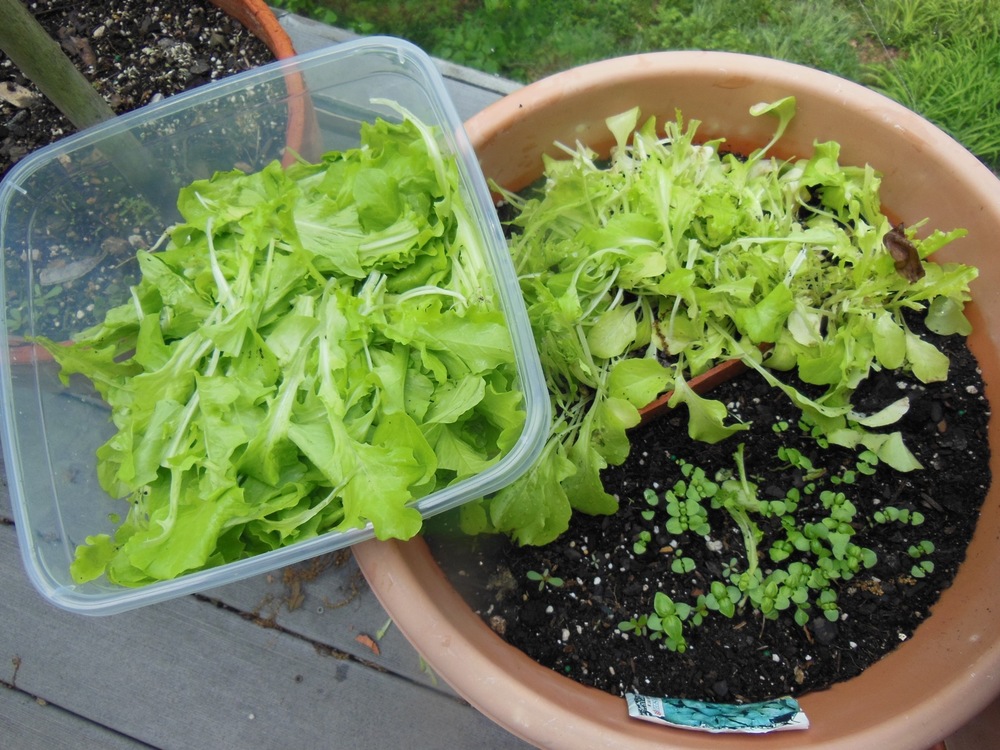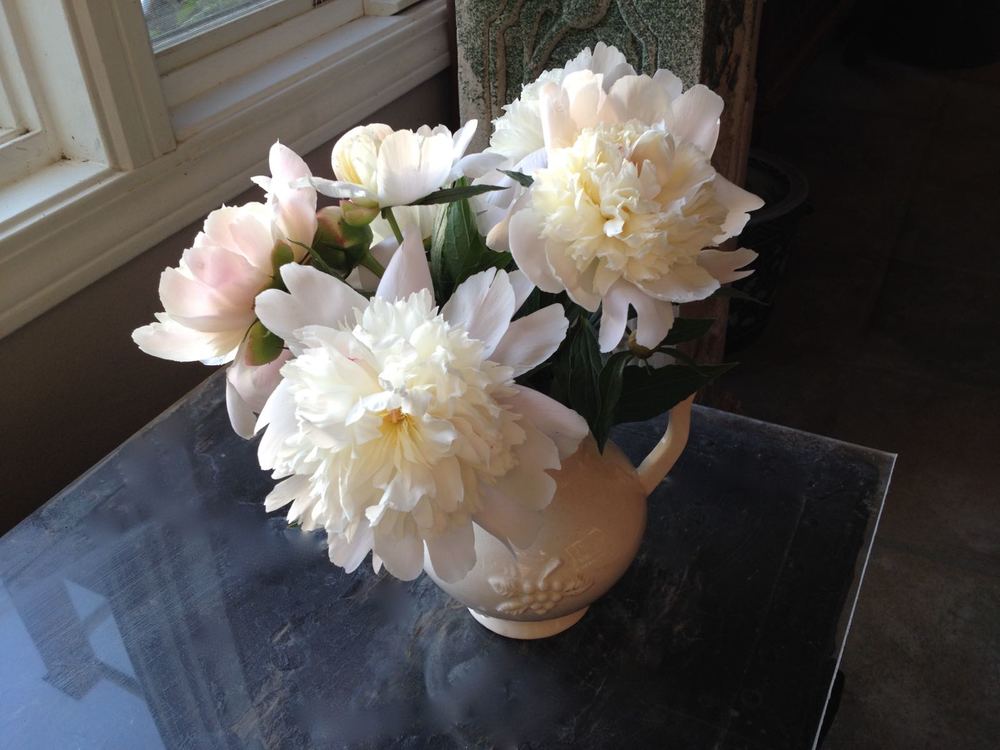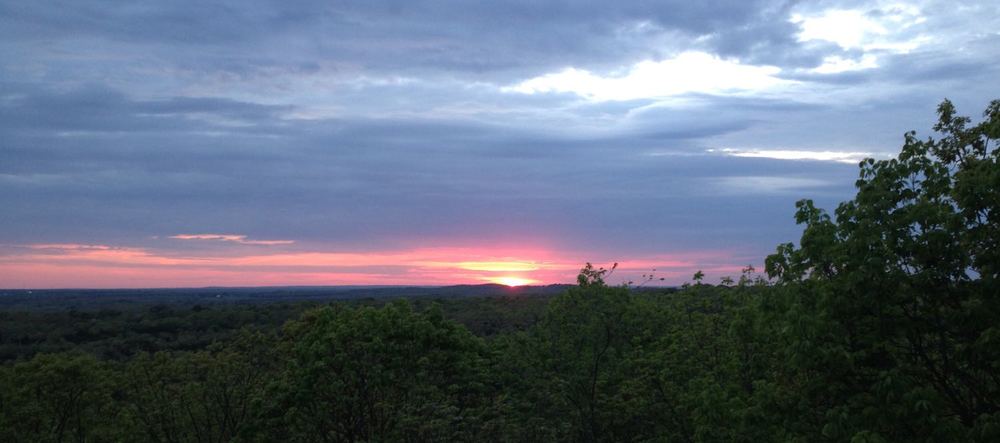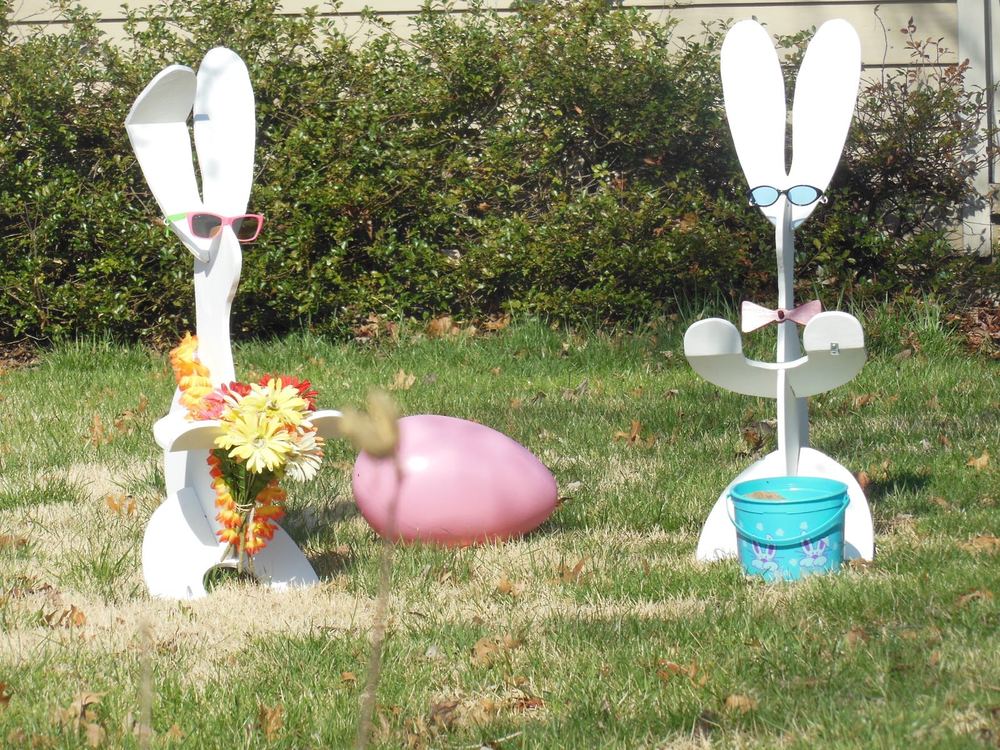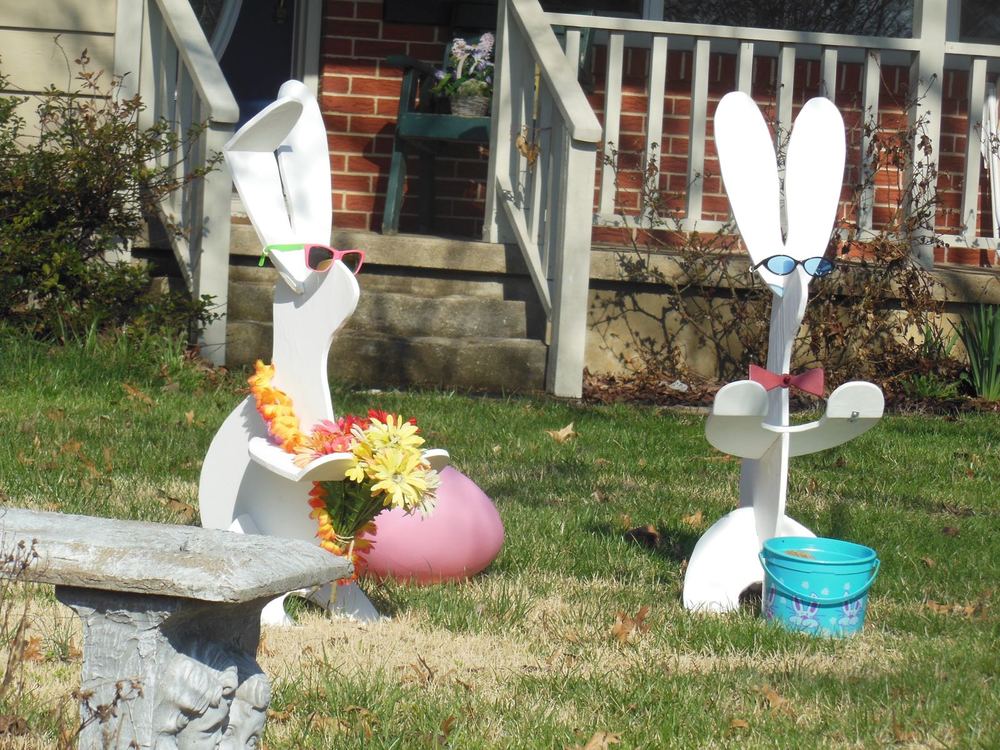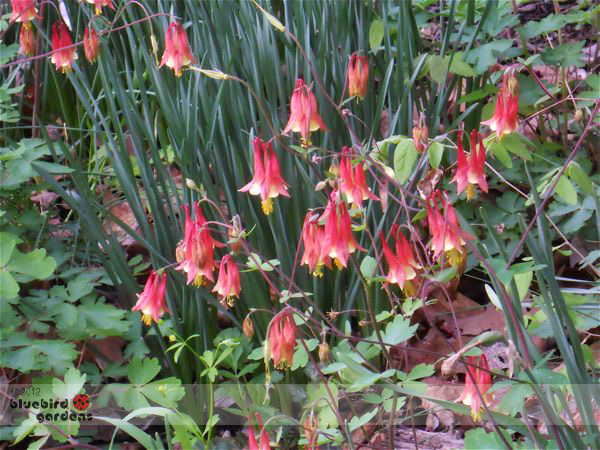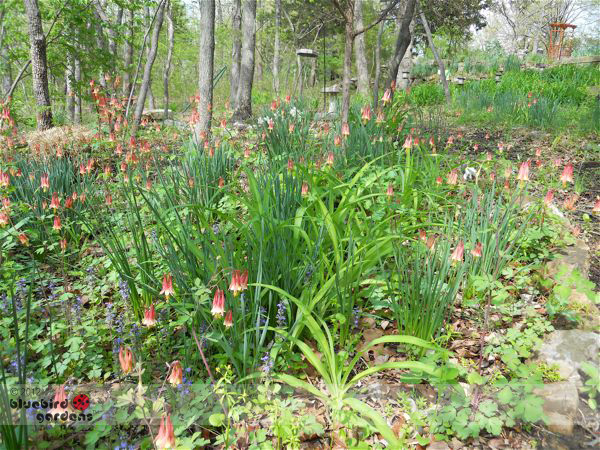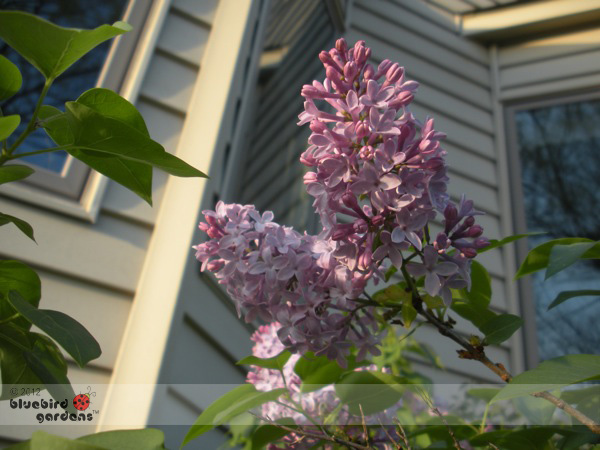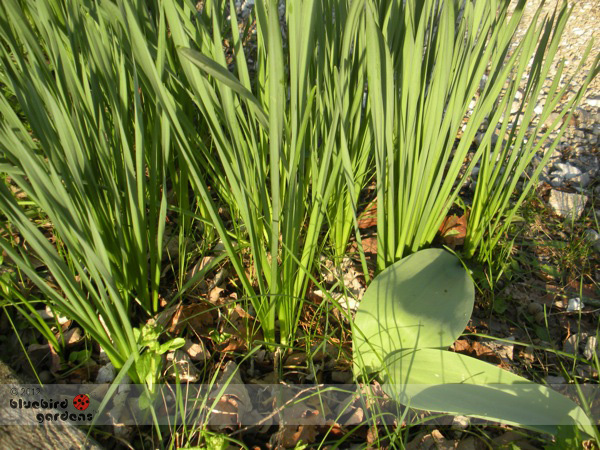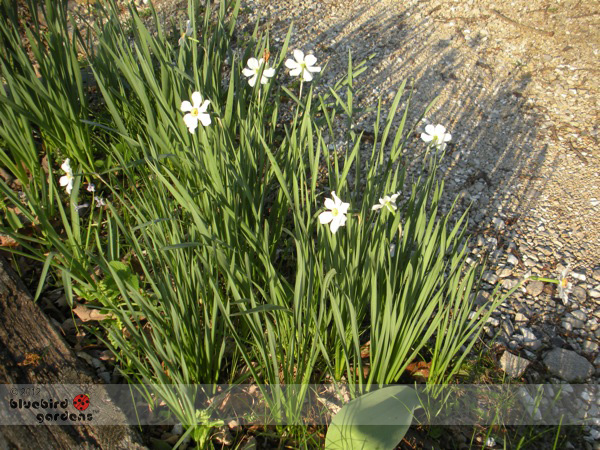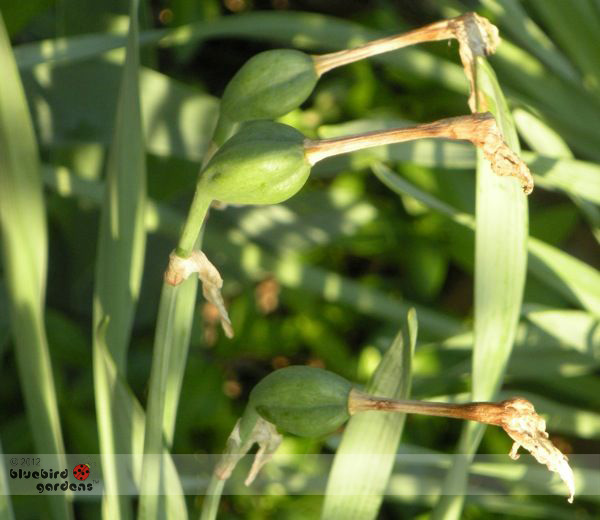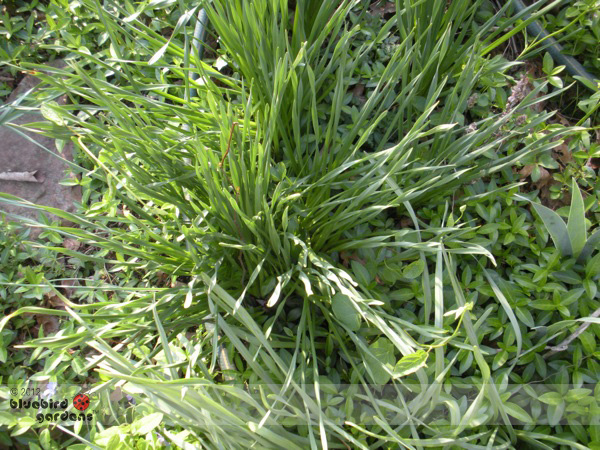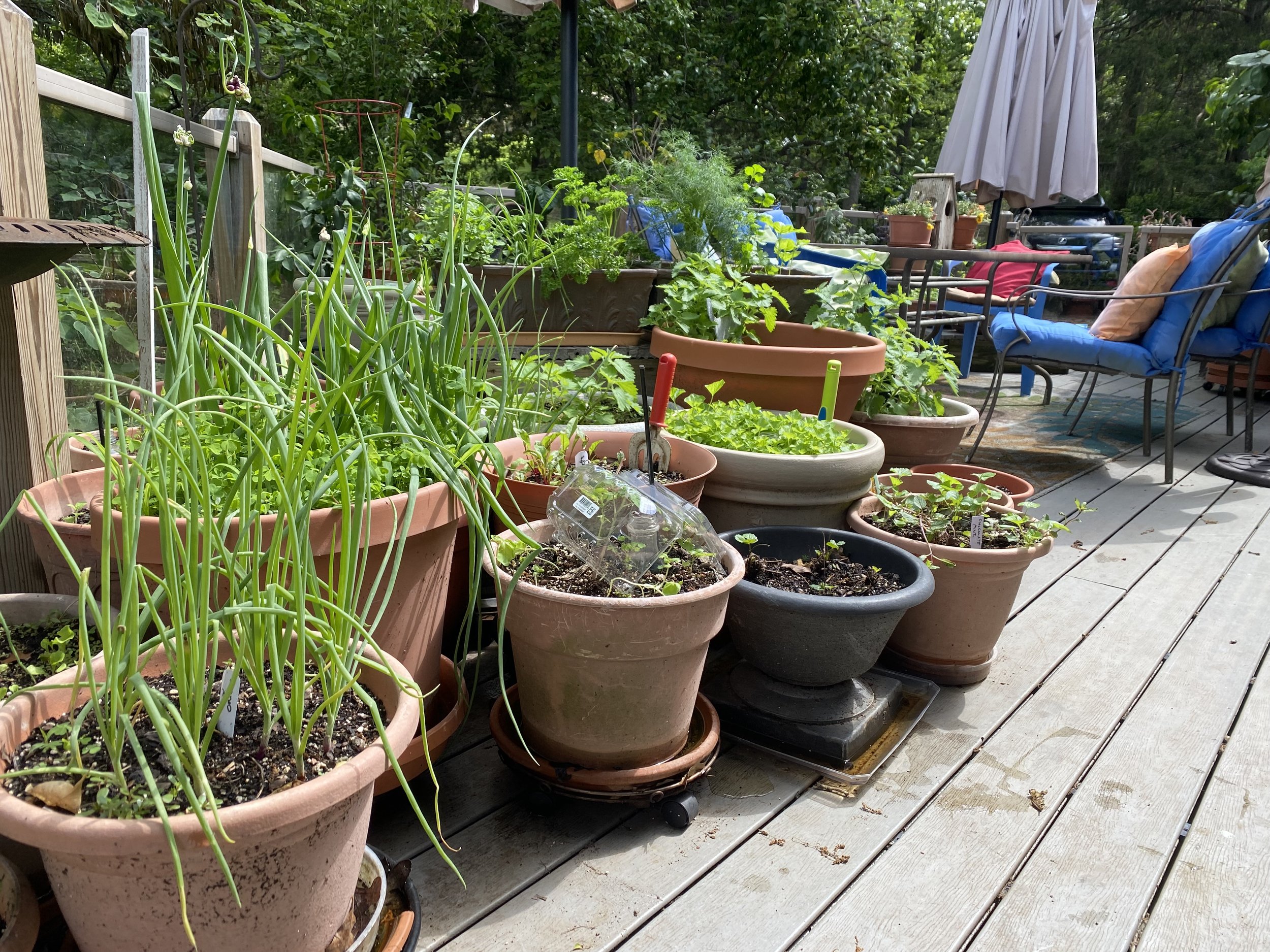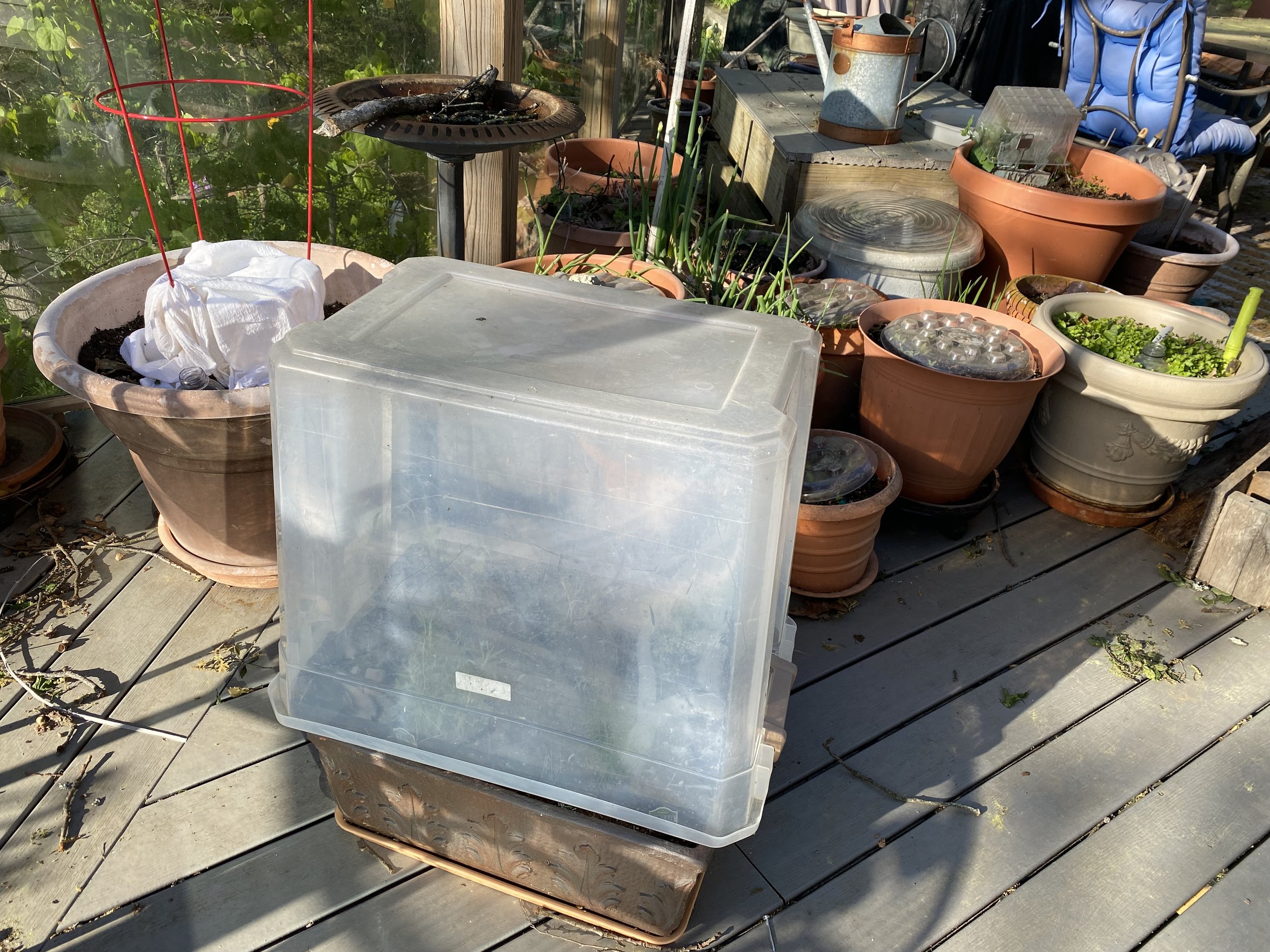One got caught on my sweater as I dashed by, late for my “date” with Friends of Rolla, Missouri's Public Library’s semi-annual book sale. If you also have a bag, or box, of bulbs overdue to be planted outside, now is the time.
Most garden centers also have them, rows of boxes featuring spring-blooming bulbs ranging from little snowdrops to daffodils. Daffodils make wonderful spring cut flowers as long as you let daffodils sit in water for a few hours, then give them a fresh drink. Daffodils produce a toxin that kills other flowers and discourages wildlife from eating them, which explains why my daffodils flourish in spite of all of the resident deer.
How to Plant Daffodils
Plant daffodils 3 to 5 inches apart, three times the depth of the bulb size, towards the back of a flower bed. That allows later flowering plants to cover daffodils as daffodil finish blooming and store energy in their bulbs through their yellowing leaves.
If you want immediate impact, plant bulbs closer together. The downside is they will get crowded sooner and you will have to dig them up and replant more frequently.
Over the years, my daffodils seem to have expanded around my garden on their own so spring is full of surprises. Or maybe I just forget where I plant them, which is also quite likely.
Be Cautious of Planting Tulips
At the same time that daffodils and crocus bulbs show up in stores, there are also a number of other spring-flowering bulbs, including tulips. Although I love tulips, they don’t survive field mice in my garden who use mole runs to access the edible bulbs.
They also didn’t survive a visit from my sister the year she was on a vegetarian kick and surprised me with sauteed tulips for dinner.
How Deep to Plant Spring Bulbs
To plant spring bulbs, read the directions and make sure they are planted at the appropriate depth. If you plant bulbs too shallow, bulbs may be killed by cold. The plants will also fall over because they don’t have enough stem support so if you have to choose, go deeper than shallow.
Also plant the pointy end up, although that didn’t stop some of the bulbs our family dog dug up. My brothers replanted them but forgot to turn them in the right direction. They were late coming up but they eventually did on shorter stems because they had to grow around the bulb.
Select the Largest Bulbs
When choosing bulbs, pick the largest ones you can find; they should feel firm, like a good yellow onion. If the bulbs are squishy, in most cases their stored food is decomposing and they won’t grow. It’s okay if they’ve started to grow but that’s even more reason to get them in the ground as soon as you get them home.
While buying bulbs, also pick up a bag of bone meal to add a tablespoon in the hole bottoms. Bone meal gives the bulbs extra food as they generate roots.
If you are not sure of what blooms when, pick up a flower or local natural events calendar. They will have average blooming dates for favorite flowers and other exciting natural events.
Charlotte







